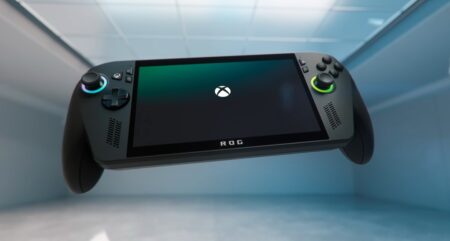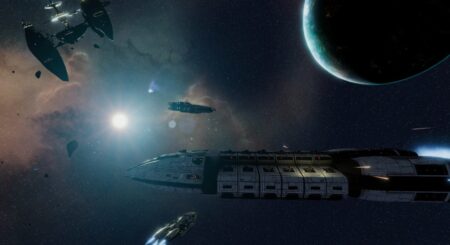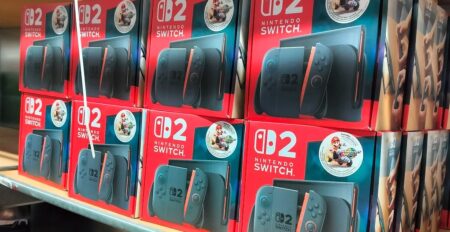I’ve been waiting for Nintendo to deliver a proper single-player experience on Switch 2, and Donkey Kong Bananza appears to be exactly what the platform needs. The game launches this week and brings destruction-focused gameplay running at a smooth 60 frames per second, something the developers say wouldn’t have been possible on the original Switch hardware.
Nintendo recently shared a detailed three-part interview featuring the game’s lead developers, where they discussed everything from character redesigns to technical challenges. The most interesting revelation came from art director Daisuke Watanabe and director Wataru Tanaka, who explained how Switch 2’s improved hardware made their vision possible.
Voxel Technology Demands More Power
The team built Donkey Kong Bananza around voxel technology, which allows players to dynamically destroy and reshape the game world. This system lets terrain break apart realistically when Donkey Kong smashes through it, creating a satisfying destruction experience that feels natural and responsive.
Initially, the developers tried implementing this technology on the original Switch. However, they quickly discovered the hardware limitations prevented them from achieving their creative goals. The processing demands were simply too high for the older system to handle effectively.
“The move to Switch 2 gave us not only more memory but also greater processing capacity,” Tanaka explained during the interview. “This freedom allowed us to incorporate gameplay ideas we’d previously abandoned because they were too demanding for the hardware.”
Why 60FPS Makes All the Difference
The jump to 60 frames per second transforms the entire gameplay experience. When I think about destruction-based games, smooth framerate becomes crucial for maintaining the illusion of realistic physics and satisfying feedback.
Watanabe described the technical challenge: “The physics of smashing involve lots of things all happening at once. Donkey Kong throws a punch, the terrain and objects break apart, and visual effects show debris flying outward. All of that is packed into a single moment.”
Running at 30 frames per second, the team couldn’t capture all these simultaneous events properly. Players would miss subtle details that make destruction feel impactful. The upgrade to 60fps solved this problem completely.
“We couldn’t fully capture everything that happens in that instant at 30 fps,” Watanabe continued. “But at 60 fps, we saw that sense of destruction coming through much more clearly.”
The improved performance also enabled features the team had previously scrapped. Explosions can now fling large objects across the screen, and players can cause massive structures to collapse realistically. These elements were impossible to implement on the original Switch without compromising the overall experience.
A Game That Showcases Switch 2’s Potential
Watanabe made a bold statement about the hardware’s impact: “Switch 2 didn’t just enable the game to run well, it unlocked the game’s full potential. Actually, it made the game possible.”
This level of hardware dependency shows how Nintendo’s new console opens doors for more ambitious game development. Developers no longer need to compromise their creative vision due to technical limitations.
The Super Mario Odyssey team’s latest 3D platformer launches July 17, and I’m genuinely excited to experience how the improved hardware translates to gameplay. For someone who values high framerates and smooth performance, Donkey Kong Bananza represents exactly what I hoped Switch 2 would deliver.
Related Article: FBI Shuts Down Major Nintendo Switch Piracy Website
Related Article: Nintendo Switch Prices Are Going Up in Canada Starting August





